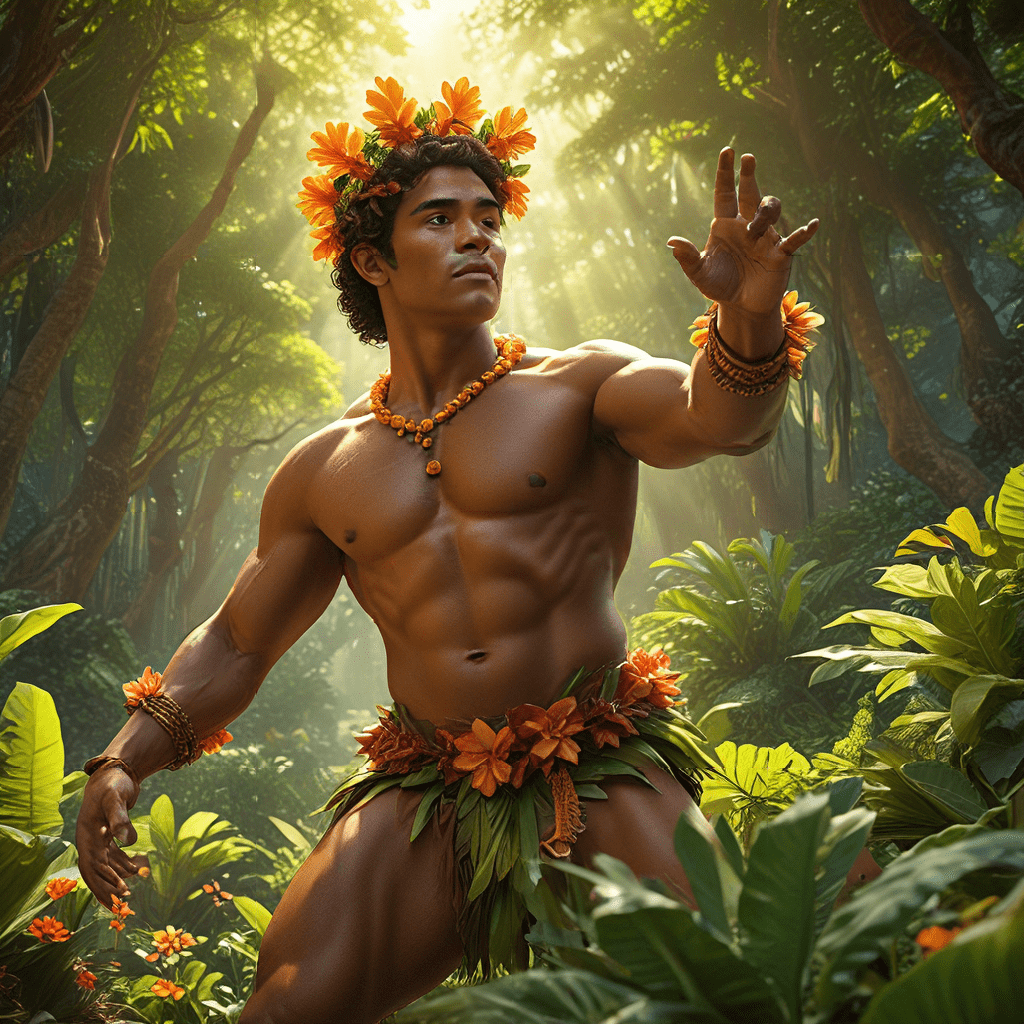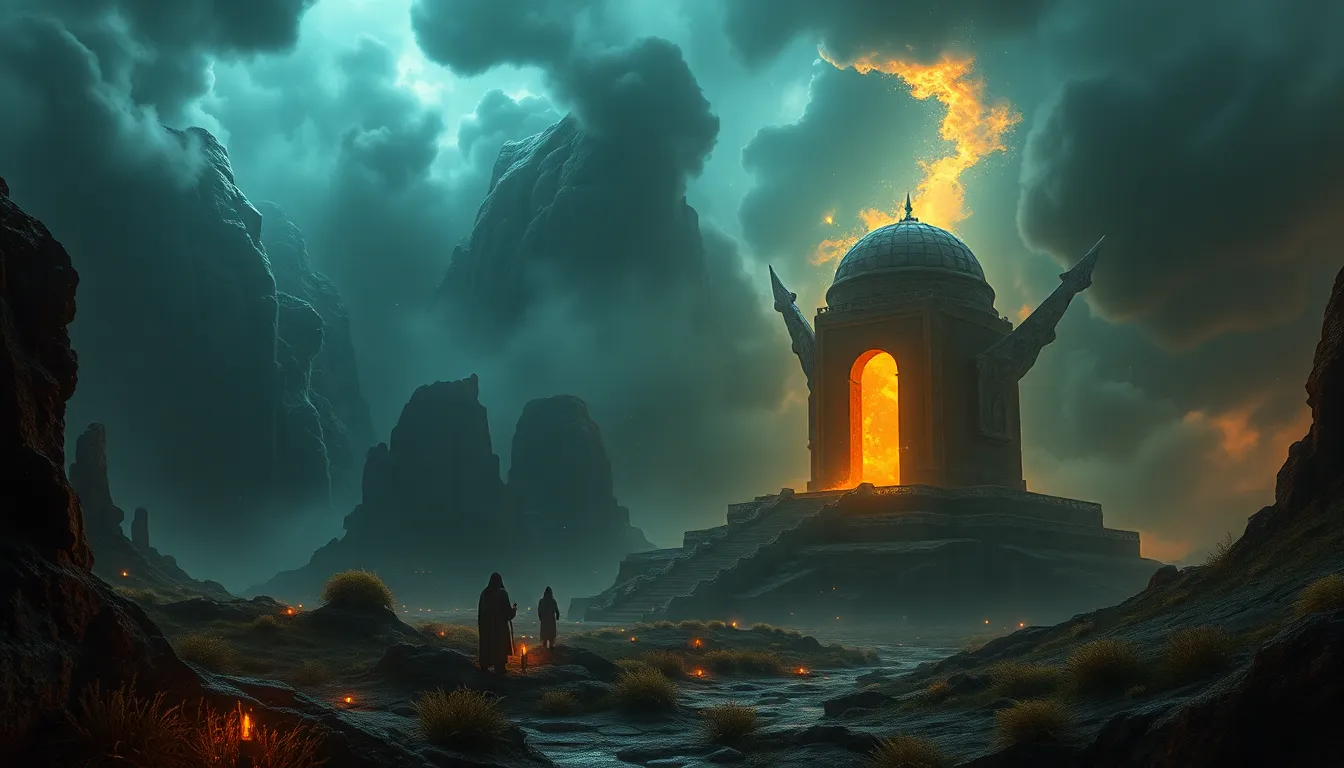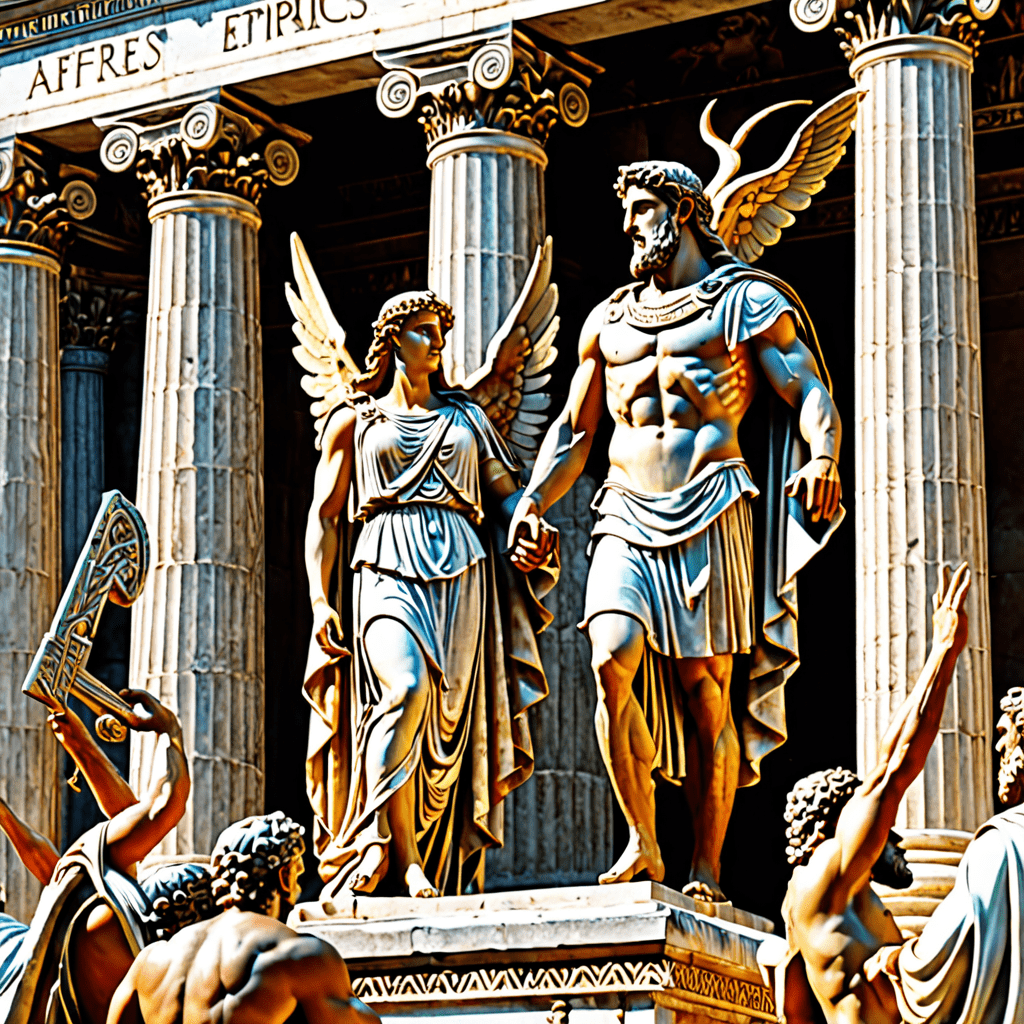Lono: Hawaiian God of Fertility and Peace
In the rich tapestry of Hawaiian mythology, Lono stands as a prominent figure, revered as the god of fertility, agriculture, peace, and harmony. His presence is woven throughout Hawaiian culture, influencing traditions, rituals, and even the very landscape of the islands. Understanding Lono's role in Hawaiian mythology provides insight into the values and beliefs of the ancient Hawaiians.
Lono’s Role in Hawaiian Mythology
Lono holds a significant place within the pantheon of Hawaiian gods, often depicted as a benevolent and compassionate deity. His influence extends far beyond the realm of agriculture, encompassing aspects of peace, prosperity, and the well-being of the Hawaiian people. This complex and multifaceted deity embodies the interconnectedness of life, where abundance in the natural world translates to peace and harmony within the community.
Lono’s Association with Agriculture and Abundance
Lono is deeply associated with the bounty of the land, symbolizing the life-giving force that sustains the Hawaiian people. Agriculture was a cornerstone of Hawaiian society, and Lono was seen as the divine protector of crops, ensuring bountiful harvests and prosperity. His presence was invoked during planting and harvesting seasons, with rituals and offerings performed in his honor. The prosperity of the land was directly connected to Lono's favor, making him a crucial figure in the lives of the ancient Hawaiians.
Lono’s Connection to Peace and Harmony
Beyond his association with fertility and agriculture, Lono is also a powerful symbol of peace and harmony. In a society where conflict was always a possibility, Lono's presence offered a sense of stability and order. His influence extended to human relations, promoting cooperation and understanding. His name, Lono, is believed to be derived from the word "lono," which means "peace" or "tranquility," further emphasizing his role as a peacemaker.
Lono’s Arrival and Departure: The Makahiki Festival
The story of Lono's arrival and departure is central to Hawaiian mythology and is celebrated annually during the Makahiki festival. This four-month festival, dedicated to Lono, marked a time of peace, celebration, and feasting. During this time, warfare was strictly forbidden, and the community came together to honor Lono and express gratitude for his blessings. The festival was marked by elaborate rituals, including the building of large, intricately carved images of Lono, known as "heiau," and the display of magnificent canoes adorned with Lono's symbols.
The Significance of Lono’s Image: The Heiau and the Canoe
Lono's image is often depicted in the form of a large, carved image, known as "heiau," which was typically placed within a sacred temple. These heiau were often adorned with intricate carvings and symbols representing Lono's power and attributes. Another significant symbol associated with Lono is the canoe, which represents the journey of life and the cyclical nature of existence. The canoe is often seen as a symbol of Lono's arrival and departure, representing the constant flow of life, death, and rebirth.
Lono and the Hawaiian Creation Myth
In the ancient Hawaiian creation myth, Lono plays a pivotal role. He is often portrayed as the younger brother of the sky god, Wākea, and together they created the Hawaiian islands. According to legend, Wākea and Lono emerged from the primordial sea, bringing forth the land and all its life. Lono's association with fertility and abundance is further emphasized in this creation myth, as he is seen as the divine force that brought life to the islands.
The creation myth emphasizes the importance of harmony and balance in the Hawaiian worldview. Wākea, the sky god, represents the heavens, while Lono, the god of fertility, represents the earth. Together, they create a harmonious and vibrant world, reflecting the interconnectedness of all things in nature. The story of Lono's birth and his role in creation speaks to the deep reverence that ancient Hawaiians held for the natural world and its life-giving forces.
Lono’s Relationship with Other Hawaiian Gods
Lono, despite his prominence, exists within a larger pantheon of Hawaiian deities, each with their own unique roles and responsibilities. While Lono is often associated with peace and harmony, other gods, like Kāne, the creator god, and Kū, the god of war, represent different aspects of Hawaiian life. Lono’s relationships with these other gods are complex and multifaceted.
His relationship with Kāne, the creator god, exemplifies the interconnectedness of the gods. Lono is often seen as an embodiment of Kāne's creative energy, bringing forth life and abundance. This relationship emphasizes the role of Lono as a force of creation and renewal.
Lono's relationship with Kū, the god of war, is more ambivalent. While Lono represents peace and harmony, Kū embodies strength and power. In times of conflict, Lono's influence is sometimes eclipsed by Kū's, reflecting the inherent tension between peace and war in human society. Despite this, Lono's presence continues to be significant, reminding people of the importance of pursuing peace and harmony whenever possible.
Theories on the Origins of Lono
The origins of Lono, as with many deities, are shrouded in mystery and subject to various interpretations. Some scholars suggest that Lono's origins may be traced back to Polynesian mythology, where similar deities associated with fertility and agriculture exist. Others propose that Lono's story was shaped by the unique cultural and environmental context of the Hawaiian Islands.
Regardless of his origins, Lono's influence on Hawaiian culture is undeniable. His association with abundance, peace, and harmony continues to resonate with the Hawaiian people and serves as a reminder of the importance of balance and respect for the natural world. Lono's story is a testament to the enduring power of mythology and its ability to shape cultural values and traditions.
Lono’s Legacy in Modern Hawaiian Culture
Today, Lono’s legacy lives on in modern Hawaiian culture. His image is still used in ceremonial contexts, and the Makahiki festival remains a significant event, reminding people of Lono's role in their lives. The Hawaiian people continue to honor Lono’s connection to agriculture and peace, understanding that his presence is essential to their well-being.
Lono's story continues to be told, passed down through generations, reminding people of their connection to the natural world and the importance of striving for peace and harmony. His influence can be seen in the continued reverence for the land, the celebration of harvests, and the pursuit of peaceful coexistence.
FAQ
Q: What is Lono's most important role in Hawaiian mythology?
A: Lono's most important role is as the god of fertility, agriculture, peace, and harmony. He represents the life-giving forces of the land, ensuring bountiful harvests and peaceful coexistence.
Q: How is Lono celebrated in Hawaii?
A: Lono is celebrated annually during the Makahiki festival, a four-month period of peace, celebration, and feasting. The festival involves building elaborate images of Lono, known as heiau, and showcasing canoes adorned with his symbols.
Q: What is the significance of Lono's association with the canoe?
A: The canoe symbolizes the journey of life and the cyclical nature of existence. It represents Lono’s arrival and departure, emphasizing the constant flow of life, death, and rebirth.
Q: What is the importance of Lono's legacy in modern Hawaiian culture?
A: Lono's legacy continues to inspire the Hawaiian people, reminding them of the interconnectedness of life, the importance of peace, and their deep connection to the natural world. The Makahiki festival and other traditions continue to honor his memory.



